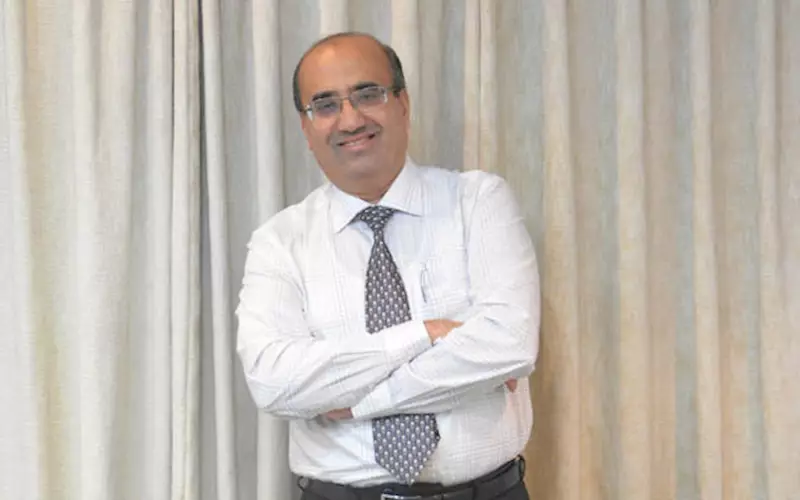RK's GST jottings
In 1947 Sardar Patel had integrated the princely states to the Indian Union. The GST in 2017 could pave the way for the true integration of economic India.
TechNova’s executive director and COO, CG Ramakrishnan (RK) jots down 10 quick observations as the crucial constitutional amendment bill preparing the ground for the landmark goods and services tax (GST) is all set to be taken up for consideration and approval by the Rajya Sabha. Today could be historic.
03 Aug 2016 | By Rushikesh Aravkar
- In order to define the future of any industry look at three areas: Technology, Marketing and Economics.
Currently, for the Indian printing industry, the promising technology is digital printing, marketing channels of the future are eCommerce and mCommerce and the economic trend is GST.
- One direct tax: Income Tax. One indirect tax: GST. Bye Bye VAT, Octroi, Service Tax, CVD, Sales TaxCentral Excise Tax etc.
- They are talking about three GST rates: Merit rate of 12%, the standard rate of 18% and luxury (sin) rate of 40% (on alcohol!). Some items might have a lower rate of 2-4% as well. All that is fine print.
- The GST rate is crucial. Experts say the standard GST rate will be 18%. In that case, industries like pharma and automobile (which, today, are subjected to more than 20% tax) will stand gainers, while some others will stand losers with the implementation of the GST. Only, time will tell.
- GST is for India what EU is for Europe. GST will combine the 29 Indian states into one common market. It provides an incentive for free trade across the country.
- GST will enable geographical reorganisation of the warehouses based on logistical preference rather than on tax benefits. Nagpur will see a surge in real estate prices as more and more logistical companies will find it beneficial to have a warehouse and distribution facility at a central location. Similar will be the case with Hosur in South India.
- GST is good economics. Good economics is good politics. We now see the two major political parties in India in favour of the bill and the smaller ones supporting it too.
- GST means taxation at the point of consumption. It is collected on value-added goods and services at each stage of sale or purchase in the supply chain. The tax on the procurement of goods and services can be set off against that payable on the supply of goods or services. The manufacturer or wholesaler or retailer will pay the applicable GST rate but can claim back through tax credit mechanism.
- In the long run, the lower tax burden could translate into lower prices on goods for consumers. GDP is expected to grow by 0.9 to 1.5 %.
- The companies which are under unorganised sector will come under the tax regime. Ultimately, the country’s economic architecture will be the winner.
Stay tuned!
Ramakrishnan has completed MBA in Finance from NMIMS and has been working with TechNova Imaging Systems for past 31 years











 See All
See All